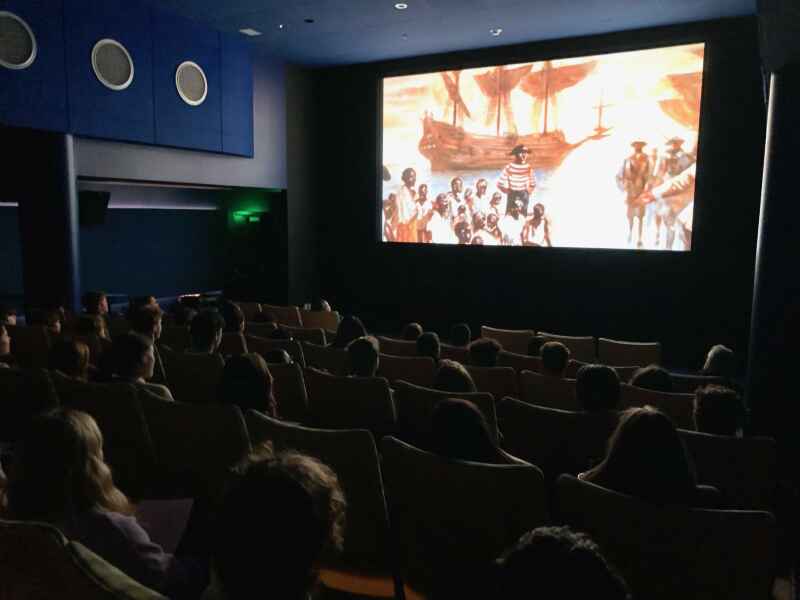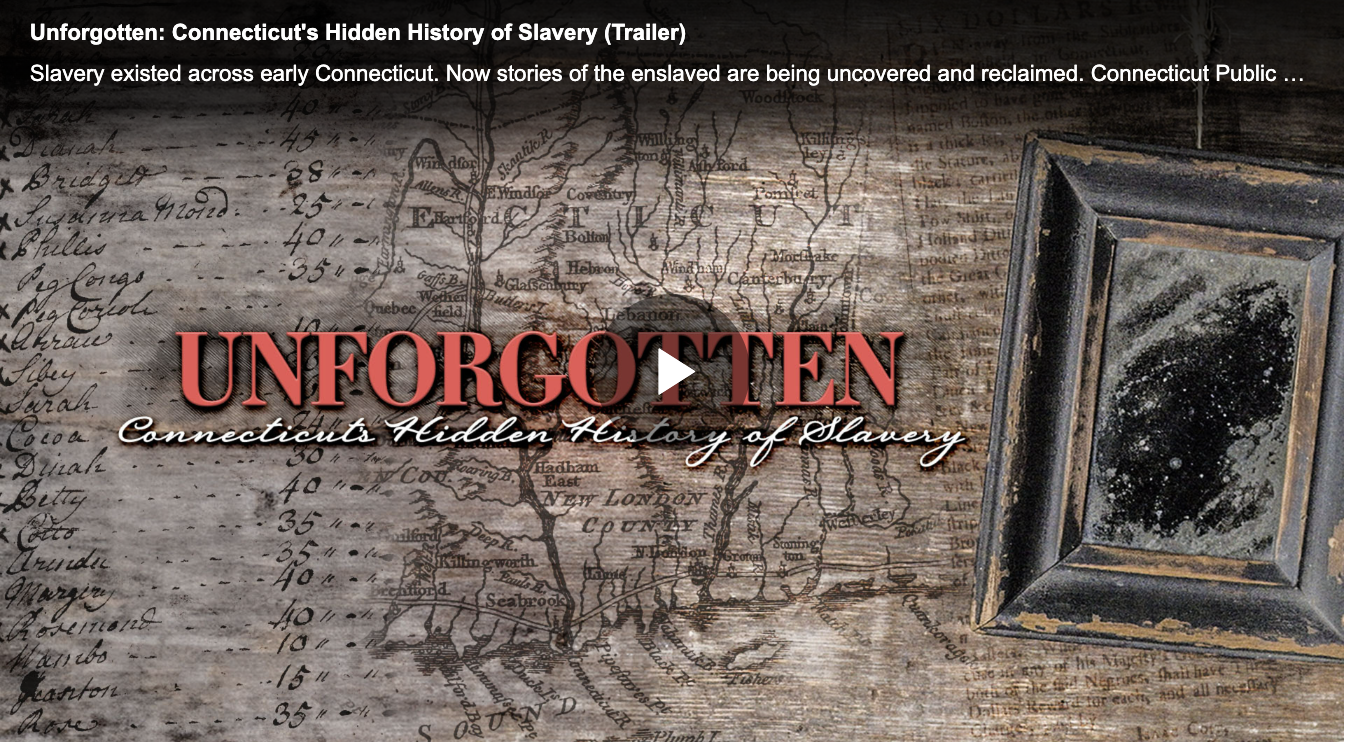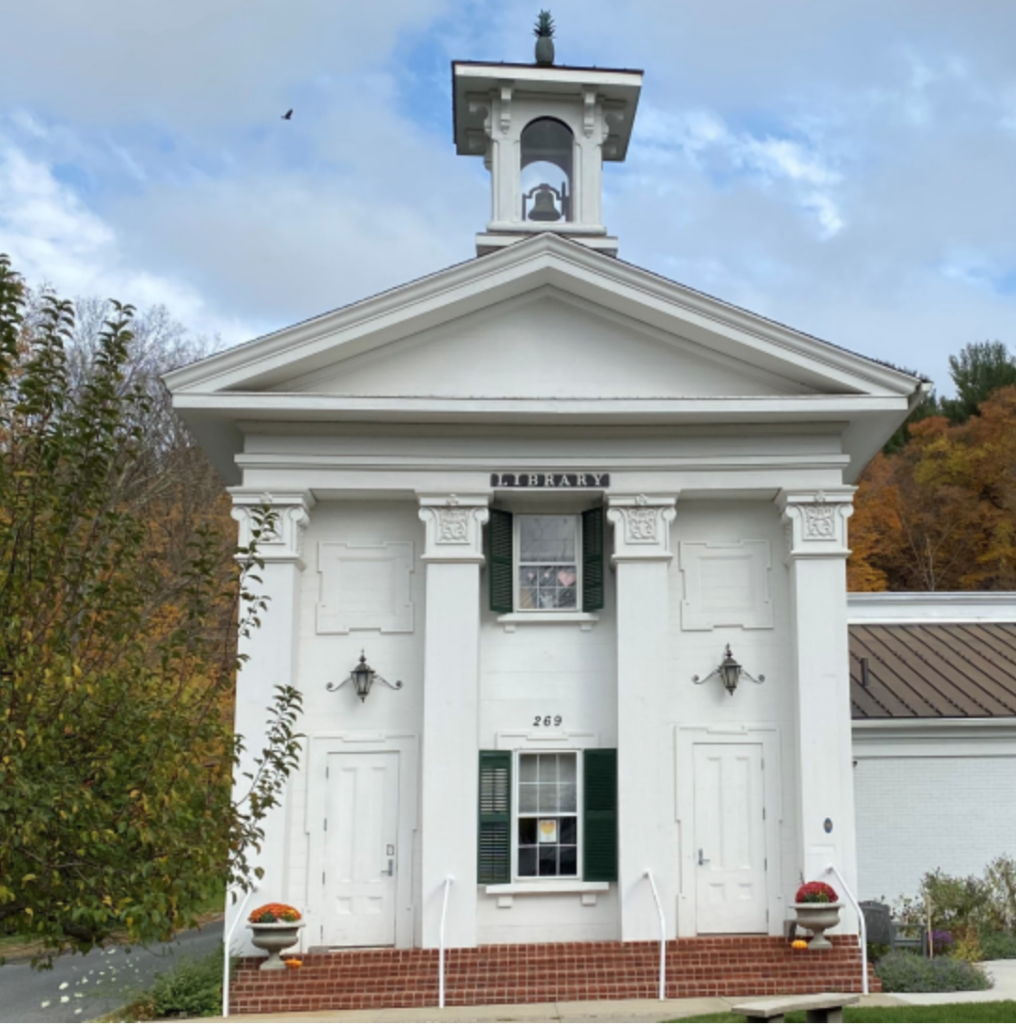We’re proud to be a part of the upcoming series from Connecticut Public, Unforgotten: Connecticut’s Hidden History of Slavery. The series–featuring radio storytelling, in-depth videos, pictures, digital stories, podcast episodes and a television special–will premiere on March 18, 2024.
In The Media
A Dark Time in America: Former History Teacher Doesn’t Want to White Wash Slavery
Dennis Culliton, a former eighth-grade history teacher, created the Witness Stone Project to recognize individuals who were enslaved here and should be remembered that way. In 1774, the height of slavery in New England, Woodbury was home to 89 slaves among its 5,224 residents, the most of any town in Litchfield county.
As part of the project, “witness stones,” about the size of half a brick, have been created to honor slaves long forgotten, oftentimes the result of research done by Connecticut school children.
“On my way here, I passed the Glebe House and I thought that could one day be a place where a Witness Stone can go in the future,” Culliton said.
He later was told by a Woodbury resident that the historic home was in fact a home to slaves at one time.
Culliton said slavery may have been more lenient in the North, but it was still commonplace in New England and remained so until it officially ended in 1848.
“Because I grew up in New England, I was always told that slavery was in the South, racism was in the South, segregation was in the South and the South needed to fix it. But that was all here, too,” Culliton said. “This project is about the fact that the issues we have in this country are not someone else’s problem. They’re for us all to figure out.”
The witness stones, Culliton said, are similar to schockelsteins, or stumbling stones, found throughout Europe in honor of Jewish Holocaust victims.
“We’re not here to revictimize enslaved people. We’re here to tell their stories,” he said.
He said the goal of the project is to create a foundation to discuss what he called “hard history,” and a path toward truth and reconciliation.
Culliton pointed to places such as Germany and South Africa, where they’ve done the truth part about their hard histories, he said.
“In our country, we’re really struggling with that, so much so that people are making state laws and changing curriculum so the truth of the past isn’t told,” he said. “If we want to ever reconcile in this country and make things better, we’ve got to tell the truth. And it’s not them and us. It’s us and us. We all need to be part of the storytelling.”
Thursday’s event was sponsored by the Woman’s Club of Woodbury.
Stonington Middle School Students Uncover Story of Enslaved Couple

By Carrie Czerwinski in The Day on January 3, 2024
Westerly ― Stonington Middle School students gathered at the United Theatre in Westerly on Tuesday morning to screen short films they made on two enslaved Stonington residents.
The eighth-grade social studies students spent several weeks late last year researching Mintus and Rose Palmer, who married after gaining their freedom in the early 1800s.
The Tuesday morning event showcased eight films created as part of a Witness Stones Project overseen by social studies teachers Cindy Cassidy and Daniel Agins. It was followed by three public screenings Tuesday evening.
Last year, the district received a $5,000 NEA Foundation Envision Equity grant for the program, which was developed by the Witness Stones Project. The non-profit organization started in Guilford in 2017. Continue reading.





